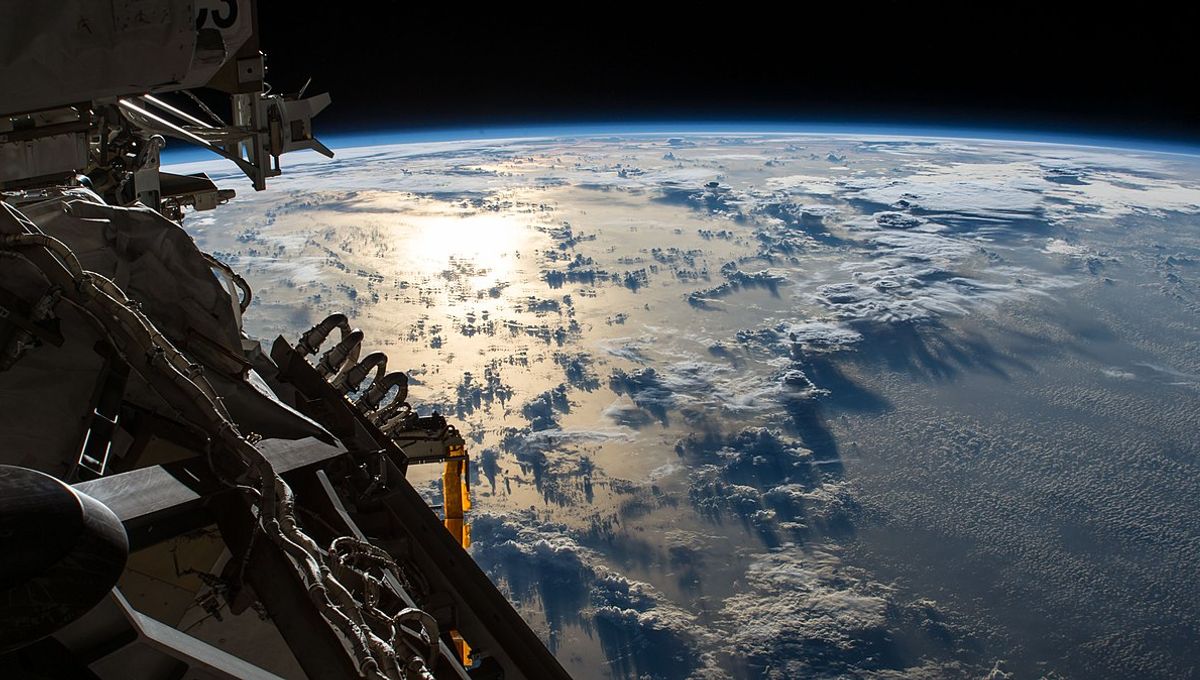
The mighty weather phenomenon La Niña will continue for the third year in a row and may last until early next year, according to World Meteorological Organization (WMO). This is set to have a knock-on effect on weather across the globe, from droughts in Africa to a wet and wild summer in Australia.
In a recent announcement, the WMO said they have predicted this current La Niña phase, which started in September 2020, will continue over the next six months. There’s an estimated 70 percent chance it will persist through September-November 2022 and a 55 percent chance it will go on through December-February 2022/2023.
Triple-year La Niña events are extremely rare, although not totally unheard of. La Niña conditions typically last under a year, although they can be seen in two consecutive years occasionally.
Three years, however, is deeply uncommon.
Since records began, a “triple dip” of La Niña has only been reported a few times: from 1973 to 1976, and 1998 to 2001. Some also include the conditions that persisted from 1954 to 1957.
“It is exceptional to have three consecutive years with a La Niña event,” Professor Petteri Taalas, WMO Secretary-General, stated in a statement.
Temperatures in the tropical eastern Pacific Ocean rise and fall in a cycle known as the El Niño–Southern Oscillation. The cooling phase – with below-average sea surface temperatures across the east-central Pacific – is referred to as La Niña, which means “the girl” in Spanish. El Niño, meaning “the boy,” refers to the warm phase when the Pacific’s warmest surface waters sit offshore of northwestern South America. There is also a neutral stage that occurs in between phases.
These changes disrupt the wind, cloud, and pressure patterns over the Pacific, triggering a cascade of effects that can be seen in the weather across the globe.
“The worsening drought in the Horn of Africa and southern South America bear the hallmarks of La Niña, as does the above average rainfall in South-East Asia and Australasia. The new La Niña Update unfortunately confirms regional climate projections that the devastating drought in the Horn of Africa will worsen and affect millions of people,” explained Taalas.
The triple-year La Niña is set to have an especially profound effect on the east coast of Australia. The Bureau of Meteorology has warned that eastern Australia should be prepared for heavy rainfall this spring and summer. Paired with this, we can also expect to see the east coast hight by more severe flooding and perhaps even cyclones
“I would bet my bottom dollar that there will be more flooding in eastern Australia in the next six months. The climate patterns in the Pacific, Indian and Southern Oceans are all pointing to a wet spring. Since the rivers and dams are already full, any significant rainfall will likely lead to floods,” commented Kimberley Reid, an atmospheric scientist from the ARC Centre of Excellence for Climate Extremes at Monash University.
“The chances of significant cyclones and storms are higher for the forecasted conditions this upcoming season. In the worst case, we can expect levels of erosion similar to 1974 when conditions were similar with three back-to-back La Niña events,” added Dr Javier Leon, a geographer at the University of the Sunshine Coast.
Source Link: Brace Yourself For An Exceptionally Rare "Triple-Dip" La Niña Weather Phase